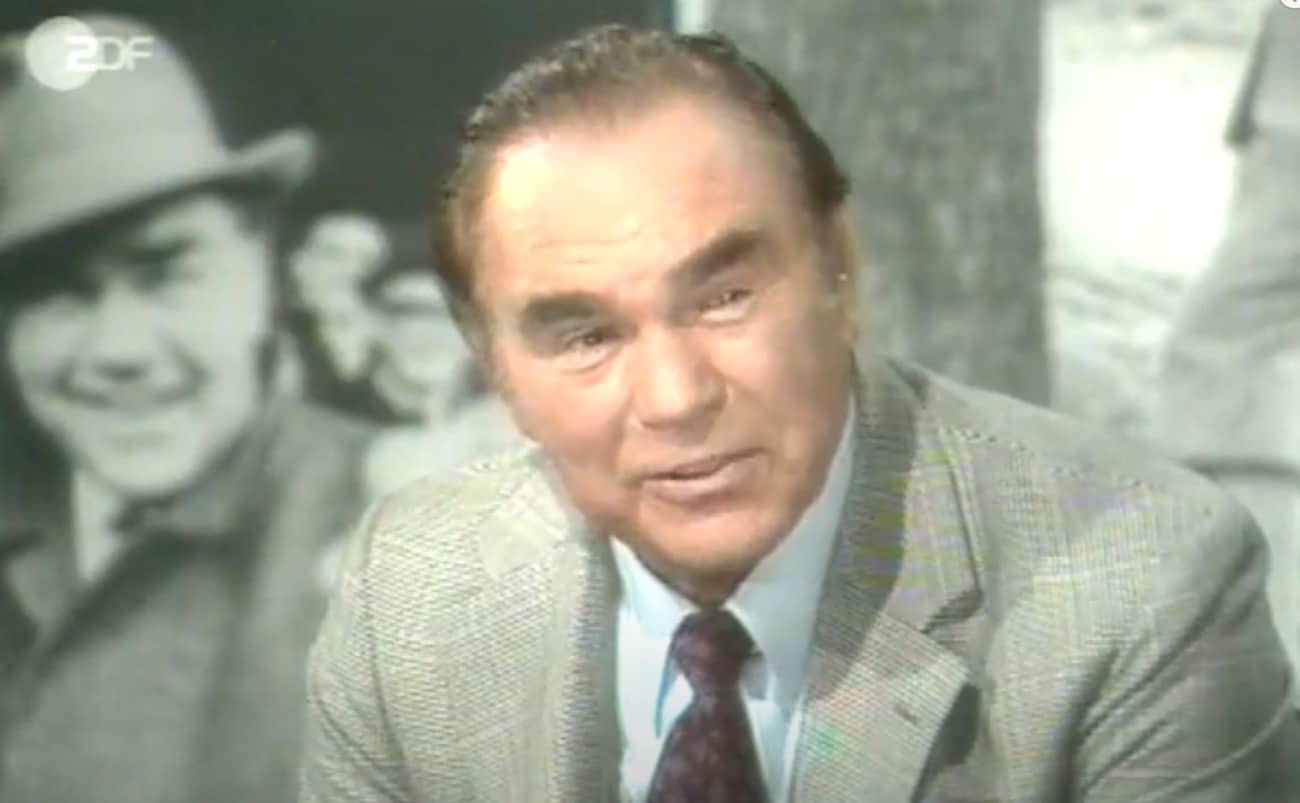For the unbeaten Joe Louis, it was only a matter of time before he became world heavyweight champion. For former champ Max Schmeling, it was only a matter of time before the flaw he had detected in Louis’ game would be capitalised on. Schmeling uttered one of the most famous lines in boxing history when going into his June 19, 1936 fight with Louis, with Max stating “I see something,” when asked just why he thought he could possibly beat Louis.
Schmeling, a past his best former champion with a 48-7-4(34) record, was 30 years old, eight years older than Louis. While Schmeling had been badly beaten and stopped by Max Baer three years earlier, with Louis having handled Baer with ease the previous September, stopping him after four one-sided sessions. Louis was a perfect 24-0(20) and he was seen by some – Ernest Hemingway for one – as a “perfect, beautiful fighting machine.”

Louis’ march to the title would not be bothered by Schmeling. Or so the thinking, not to mention the 10/1 odds against Schmeling, went.
But sharp student of the game Schmeling had indeed “seen something.” The German who had, in 1930, made history by becoming the first man to win the world heavyweight title on a foul, this when he was hit low by a subsequently disqualified Jack Sharkey, had watched film of Joe. Noticing how “The Brown Bomber” dropped his left hand after throwing a jab, Schmeling entered the ring at Yankee Stadium whilst armed with a game plan he was certain would see him to victory.
Boxing patiently, waiting for his moment to strike, Schmeling did indeed throw a number of right hands over the top of Joe’s low left, in hindsight perhaps giving Louis a foreshadowing of what was to come. But Louis and his corner didn’t twig, either that or Joe was unable to do anything about his opponent’s sneaky counter shots, and in the fourth round Schmeling struck with force. Countering Louis’ left with perfection, Max sent the emerging superstar down, this the first knockdown of his career.
The crowd stunned, Schmeling took over the fight completely by the middle rounds, Joe sporting an eye injury. Louis, to his enormous credit, kept trying, but he was unable to turn the tide. Schmeling was miles ahead on points and he was landing his own jab with efficiency. The end came in the 12th round, when Schmeling landed a hard left to the body followed by a crushing right to Louis’ jaw. Louis fell, the stricken fighter shaking his head, perhaps in pain, perhaps in bewilderment, and he was counted out.
All of Germany celebrated, with Adolf Hitler sending flowers to Schmeling’s wife. Now, it must be pointed out, as it has been many times, that Max was no Nazi. Indeed, Schmeling put his own life at risk during the atrocities of WWII, this by hiding some Jewish kids in his apartment. But at the time, with Germany rolling across Europe, Schmeling was one of the unwitting examples of Nazi supremacy.
Politics aside, Schmeling had shown he was no finished fighter. Instead, Max was looked at as a cunning ring warrior who might have finished the bright future of a hugely promising boxer. Louis was hurt by the loss, his pride taking the biggest hit. It would be two years before the two men met again. When they did, it was Louis who had gone on to become world champion, Louis having stopped Jimmy Braddock to become champion in 1937. But Joe said he would not consider himself the champion until he had beaten Schmeling, the man who had humiliated him in front of a packed Yankee Stadium.
The return fight is of course a completely different story, a much bigger story of a much bigger fight. But on the day of June 19, 1936, Max Schmeling had shocked the world with one of the biggest heavyweight boxing upsets of the time. Perhaps of all-time.
